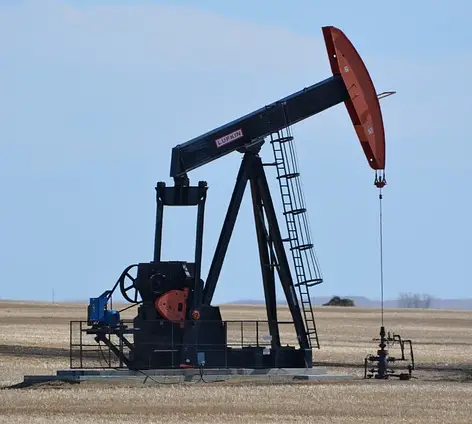Despite a recent announcement by Saudi Arabia that it would dramatically cut its production output of crude oil, oil prices fell on Tuesday. The downward movement of crude indicates demand outlook is still the primary concern among traders.
Ben Laidler, eToro global markets strategist, said in an interview, “The market has been second guessing a recession here for a year and half. That’s been undermining the demand outlook, and I think that’s going to continue.”
He added, “The best they can expect here is to stabilize the price or manage the decline,” he said. “Talk of 100 dollar oil is pie in the sky, quite frankly.”
Following a meeting of OPEC and its allied oil producers, also known as OPEC+, in which discussion over coordinated production cuts were stymied by bickering over quota numbers, Saudi Arabia announced it would be engaging in a voluntary reduction in output of 1 million barrels per day (bpd), beginning in July. On Monday, crude prices rallied after the announcement, however those gains were pared back later in the session.
By Tuesday morning, both Brent (BZ-F) and West Texas Intermediate (CL=F) futures had fallen
Tom Essaye, Sevens Report Research founder said in an interview, “Not only is demand an issue, but also we have Russia basically pumping as much oil as they possibly can, whatever their quotas are supposed to say, to try to fund their war.”
Since OPEC+ could not come to an agreement on a coordinated production output cut, Saudi Arabia was forced to perform the entire cut they had been seeking, of 1 million bpd, by themselves.
Essaye said, “I don’t think that this [Saudi production cut] is going to materially change the price of oil.”
So far, Brent futures are off by more than 5% year to date, while WTI has fallen over 7% over the same period.
The pressures on oil have also weighed heavily on oil-related stocks. The Energy Select Sector SPDR Fund (XLE) has fallen over 9% year-to-date.

